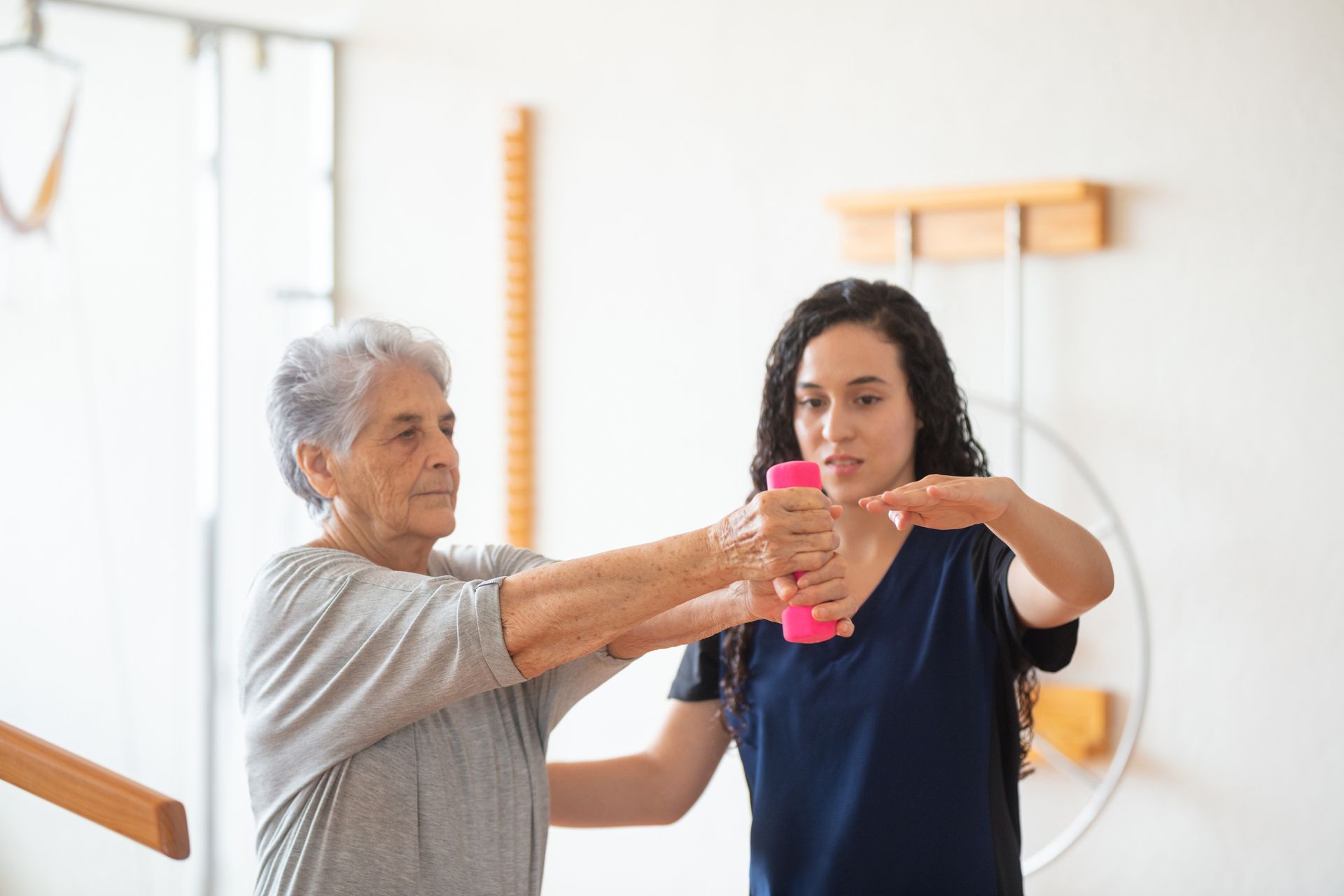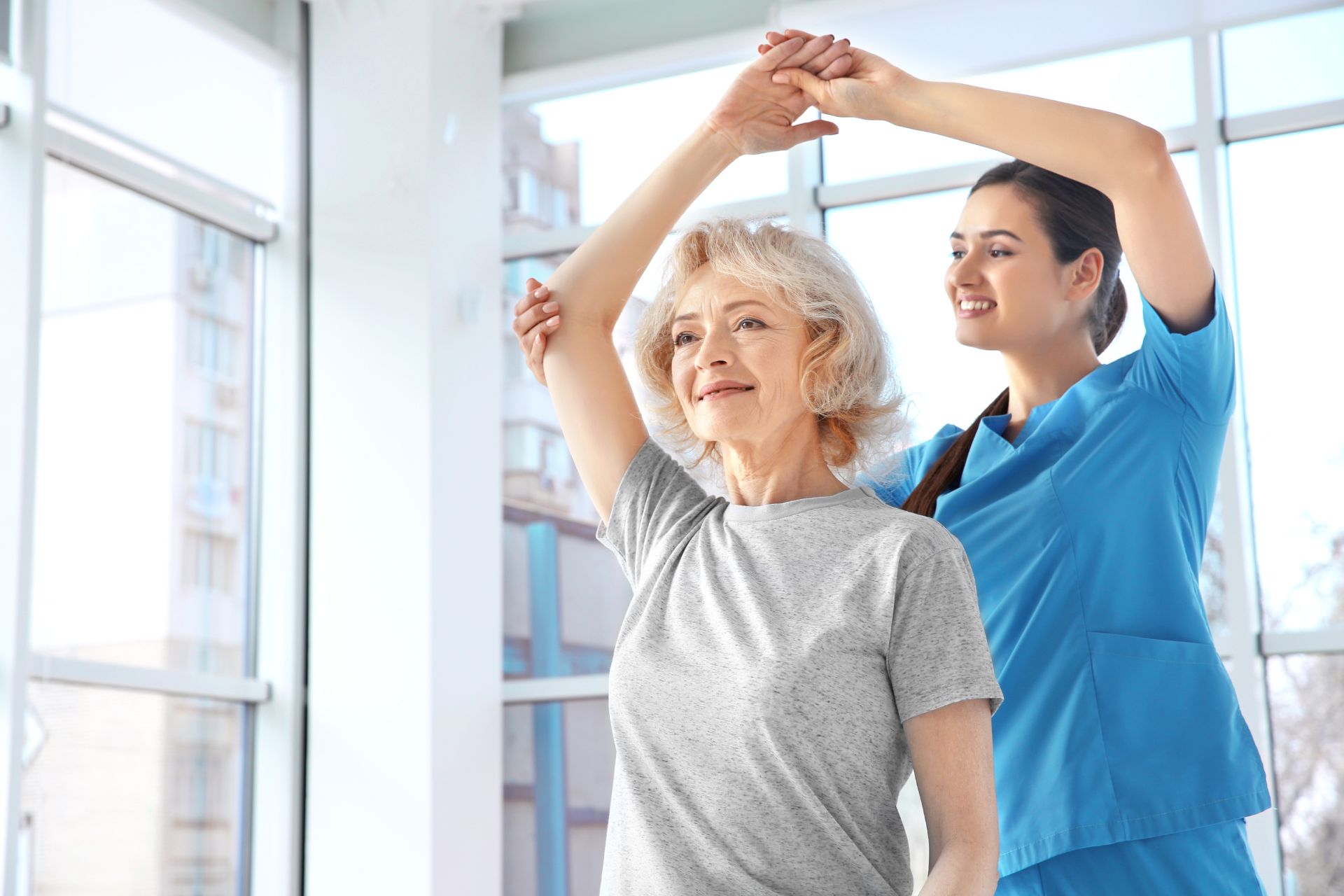Frequently Asked Questions
Grade III joint mobilization techniques are specifically indicated for patients experiencing joint hypomobility, stiffness, or pain due to capsular restrictions or adhesions. These techniques are employed to increase joint play and improve range of motion by applying a larger amplitude movement that reaches the end range of the joint's available motion. They are particularly beneficial in conditions such as adhesive capsulitis, osteoarthritis, or post-surgical joint stiffness, where the goal is to stretch the joint capsule and surrounding soft tissues. Grade III mobilizations are also used to enhance synovial fluid movement, which aids in cartilage nutrition and joint lubrication, thereby reducing pain and improving functional mobility. Physical therapists may choose this technique when the patient exhibits a capsular pattern of restriction, and it is crucial to ensure that the patient does not have contraindications such as acute inflammation, joint instability, or recent fractures.
Maitland's joint mobilization and Mulligan's techniques differ significantly in their approach to treating shoulder impingement. Maitland's method focuses on passive oscillatory movements applied to the glenohumeral joint to improve joint play and reduce pain, utilizing grades of mobilization to target specific joint restrictions. This technique emphasizes the assessment of joint accessory motion and the application of graded mobilizations, such as anterior-posterior or inferior glides, to enhance capsular elasticity and decrease mechanical impingement. In contrast, Mulligan's techniques, particularly the Mobilization with Movement (MWM) approach, involve the application of sustained manual glides combined with active patient movement to correct positional faults and restore pain-free range of motion. Mulligan's method often incorporates the use of belts or straps to maintain the glide while the patient performs functional movements, aiming to achieve immediate improvements in shoulder kinematics and neuromuscular control. Both techniques are integral to physiotherapy but differ in their emphasis on passive versus active participation and the specific manual therapy principles they employ.
Contraindications for performing high-velocity, low-amplitude (HVLA) thrusts in spinal joint mobilization include conditions such as osteoporosis, where bone fragility increases the risk of fractures. Patients with spinal malignancies or metastatic cancer are also contraindicated due to the potential for exacerbating pathological fractures or tumor spread. Acute inflammatory conditions like rheumatoid arthritis or ankylosing spondylitis, particularly during flare-ups, pose a risk of joint instability and damage. Severe disc herniation with neurological deficits, such as cauda equina syndrome, is another contraindication due to the potential for worsening nerve compression. Vascular disorders, including vertebrobasilar insufficiency or aortic aneurysm, present significant risks of vascular injury or stroke. Additionally, congenital anomalies like Chiari malformation or atlantoaxial instability, often seen in conditions such as Down syndrome, require avoidance of HVLA due to the risk of neurological compromise. Recent trauma, such as fractures or dislocations, and post-surgical sites are also contraindicated due to the risk of disrupting healing tissues.
Joint mobilization techniques for patients with hypermobility syndromes should be adapted with a focus on stability, proprioception, and controlled movement to prevent exacerbation of symptoms. Practitioners should employ gentle, low-grade mobilizations to avoid overstretching the already lax ligaments and connective tissues. Emphasis should be placed on enhancing neuromuscular control and strengthening periarticular muscles to support joint stability. Techniques such as isometric exercises and proprioceptive neuromuscular facilitation (PNF) can be integrated to improve joint awareness and muscular coordination. Additionally, therapists should consider the use of supportive taping or bracing to provide external stabilization during mobilization sessions. Careful assessment of each patient's specific joint laxity and pain levels is crucial to tailor the mobilization approach, ensuring that interventions are both safe and effective in managing symptoms associated with hypermobility syndromes.
Kaltenborn's joint mobilization techniques for knee osteoarthritis are grounded in biomechanical principles that emphasize the restoration of joint play and the reduction of pain through graded mobilizations. These techniques focus on the application of traction and gliding movements to the tibiofemoral joint, aiming to enhance synovial fluid distribution and decrease joint stiffness. By employing specific grades of mobilization, such as Grade I and II for pain relief and Grade III and IV for increasing range of motion, these techniques target the capsular and ligamentous structures to improve joint congruency and proprioceptive feedback. The use of accessory movements, such as anterior-posterior glides and medial-lateral glides, helps in addressing the altered kinematics and mechanical axis deviations often seen in osteoarthritic knees. Additionally, Kaltenborn's approach incorporates the principles of arthrokinematics, ensuring that the mobilizations are performed in the loose-packed position to minimize stress on the articular cartilage and surrounding soft tissues, thereby promoting optimal joint function and reducing the progression of degenerative changes.

